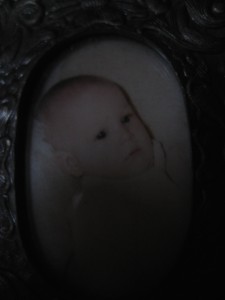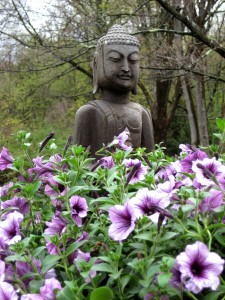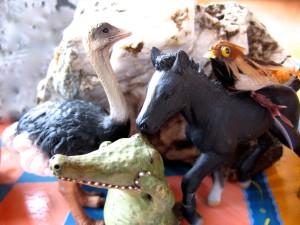
Where am I going?
– Photo by Jan Ketchel
Many are challenged to reconcile the memory and experiences of past lives as they intrude upon life in this life. Many others go in search of the karmic origin of current life struggles through past life regression.
Emphasis on karma alone narrows the focus of the full challenge of integrating a past life, which includes allowing the self to feel deep love and attachment in all the critical relationships of that life. The challenge lies as well in releasing the self, and all the loved ones of that past life, to be free to fully open to new love in new lives in completely different roles.
The enormity of growth required to achieve such openness to new beginnings and endings, to truly live what it means to “go with the flow,” may be the deepest purpose of the concensus reality of this dimension we call Earth. Most humans born in this dimension experience a blank slate of origin. Our parents are experienced as our first and only parents of our infinite journey. Everything that might have come before, in lifetimes of transpersonal living, is checked at the memory gate before we enter this life. We are thereby freed to limit our attachments to this life without the complexity and confusion of prior lives.
This arrangement offers us a training ground to deal with attachment, love, and loss on a manageable scale. Rudimentary attachment is critical to passing the starting gate of this dimension. Failure to thrive and death are the consequences of primary non-attachment.
However, beyond this starting gate are many gates of deepening attachment that will determine how welcome we truly feel in this world and how able we are to come to full flowering. It is very possible to survive yet constrict our physical, emotional, and spiritual selves to survive in what is experienced as unwelcome, exploitative, rejecting territory. Much of the first half of life may be taken up by the challenge of finding a secure anchor in this world so that we may eventually begin a process of unburdening recapitulation to free ourselves to begin to truly thrive in this life. That anchor is the adult self I wrote about in last week’s blog.

– Art by Jan Ketchel
The ability to fully know and accept this life we were cast into, and to then shed its encasement in recapitulation, is a deep spiritual practice that teaches us to fully live and release the life we have lived, in this lifetime, so we can move on into new life now without constraints. Accomplishing this stupendous task prepares us to more fully encounter all the many past selves and past lives we have lived throughout our journey in infinity. In recapitulating this lifetime, we are freed of the need to constrict our cognitive and emotional knowledge and the need to have to hold ourselves together within some definite container.
To release one’s parents, siblings, spouses, and children to new lives and new roles within this lifetime frees them as well to experience endless possibilities within their own lives. All journeys have beginnings and endings.
In addition, all journeys—past and present—need to be equally honored with love and compassion for the self and all the intimate traveling companions of each journey. Such deep love and compassion open the gate to new and deeper journeys in infinity, unshielded by the illusion of limitation and unending attachment.
Continuing to flow,
Chuck









